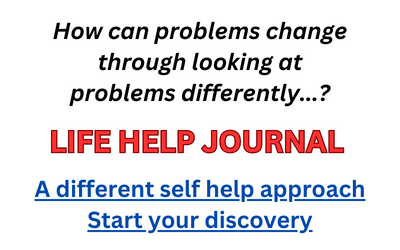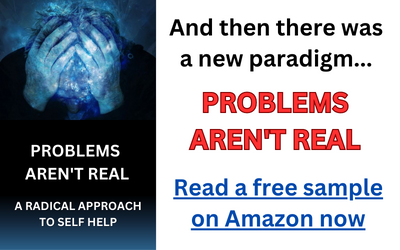If you’ve decided that you want to limit the impact of negative emotions on your life experience then you can rightfully call yourself enlightened. Most people don’t consider emotions to be personal possessions — for most people emotions are the result of.
The result of external conditions… the result of other people’s behavior… the result of life turning one way or the other…
So you are extraordinary indeed when you realize, and also admit, that emotions move inward out and not the other way around. Being enlightened about emotions doesn’t necessarily change the impact emotions have on us however. So how do we approach the impact of our emotions, in a healthy way?
I heard life help teacher Byron Katie say that emotions amount to a hazard signal, alerting us that we’ve become attached to a story. In this case a story can be described as a negative thought stream relating to life in general and our own life in particular. The underlying message within these thought streams is invariably some variation of ‘This shouldn’t be… This should be instead…’
Essentially it amounts to resisting, denying, and labeling life experiences. Without these thought streams, without these stories, there is no emotional response.
Emotions always, always, follow a thought stream. Even more specifically, emotions follow accepting a thought stream as truth. This is a quite important insight when it comes to understanding the impact of emotions.
Thought streams are going to come. They are inevitable and, for all intents and purposes, cannot be controlled. See for yourself if this is true. Try to stop thinking.
You may have some success with thought suppression but eventually, and sooner rather than later most likely, thoughts will come into your awareness. This, however, really is not a problem.
The problem with thought streams, with our stories, is when we accept them as valid or truthful. Here’s an insight: most of our negative stories are not certainly truthful. A great means for self realizing this is Byron Katie’s highly effective help technique The Work.
The Work involves writing out thought streams and then applying four questions: Is it true? Can you absolutely know that it’s true? How do you react when you believe the thought? Who would you be without the thought?
After applying the four questions we turnaround the original thought to an opposite that is just as true, at least potentially, as the initial thought.
The Work forces us to objectively look at our stories, and in the light of honest analysis we realize that our stories are not the absolute truths we believed. All this time we’ve been accepting inaccuracies as our reality — and suffering enormously as a result.
We didn’t know any better.
Instead of analyzing our emotional states of being, as The Work suggests, we can simply have an awareness of our stories and subsequent emotional responses. This awareness — watching and listening to our inner dialogues — is really the ultimate outcome from doing The Work: rather than being one, if you will, with our stories we maintain a separation from them through observation (and also don’t automatically accept them as truth).
Observation of and maintaining space from our thinking and subsequent emotions has the effect of bringing our stories into the light, and the impact from them is lessened considerably. Our thoughts, our stories, lose their charge when we maintain an active awareness of them.

